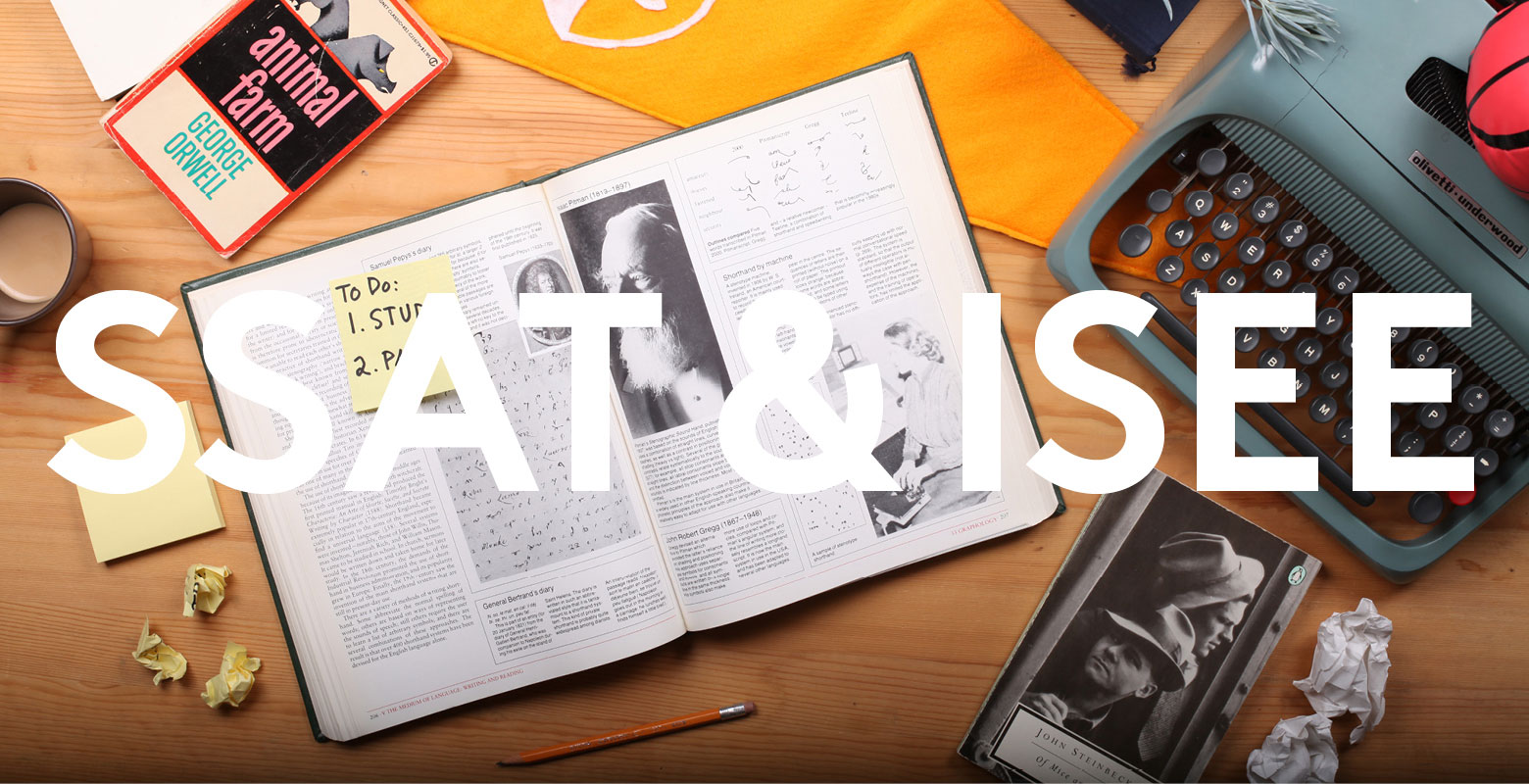Standardized admissions tests are part of the drill in most private school admissions offices. Why is that? Because the school needs to know what you know and don’t know academically.
The SSAT and ISEE are the two most commonly used admissions tests. They measure your language and math skills. How do the admissions offices use the test scores which the testing organizations send them? Largely for comparison purposes. For example, if a school has an applicant pool with an average verbal score of 600 and yours is 700, you will be at the top of the list in that one aspect of all the factors the school looks at. Conversely, if your quantative score is 550 and the pool average is 750, you will be at or near the bottom of the list in that comparison.
Bear in mind that the admissions office looks at many things when it reviews your application. If teacher recommendations corroborate the test score results, that is a very strong plus or minus for you. For example, if you scored well in the verbal section of the SSAT and your teacher writes glowing comments about your language arts skills, that will improve your chances significantly. The reverse is also true. A poor quantitative score combined with a weak or vague reference from your math teacher (“Johnny has challenges with his math lessons.”) won’t help your case.
Many factors come into play when it comes to standardized tests. The most important advice any teacher will give you is to start well in advance – like a year or so – assessing your strengths and weaknesses. Then remediate those weaknesses. After that take as many practice tests as you can before the real thing. Remember: your nerves and health play a role too. If you have never taken a standardized admissions test and haven’t a clue what’s expected of you, how can you possibly relax and do your best? Add to that the inevitable upset tummy or cold and you will not do your best.
To sum up: identify your strengths and weaknesses early on. Fix any gaps. Practice. Practice. Practice.





